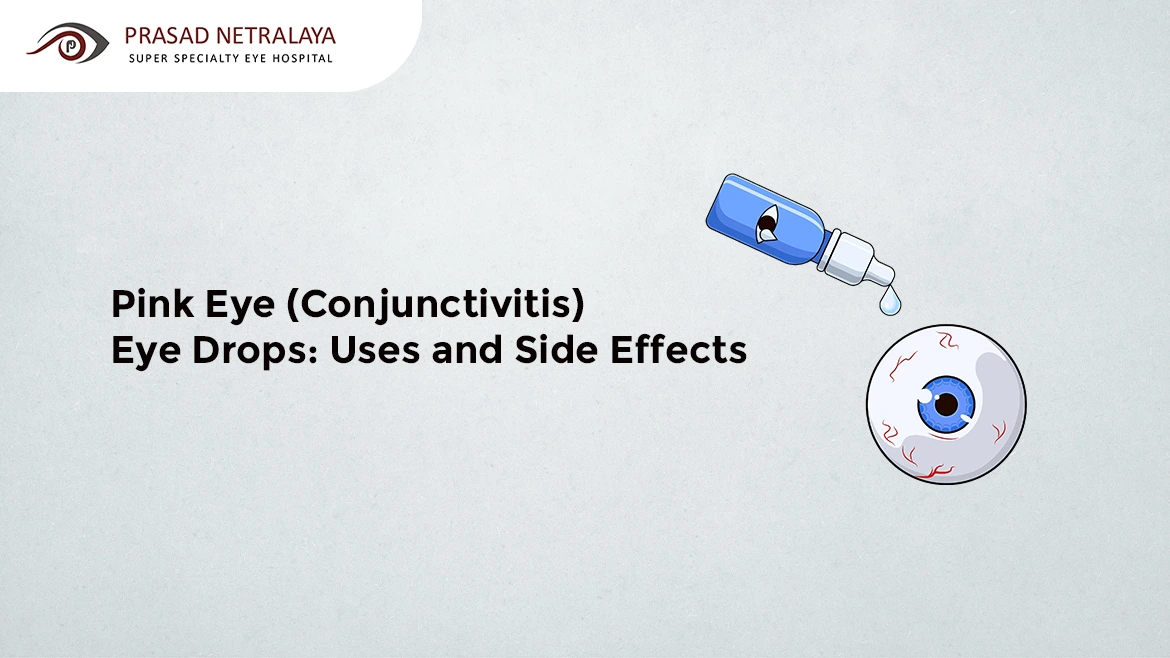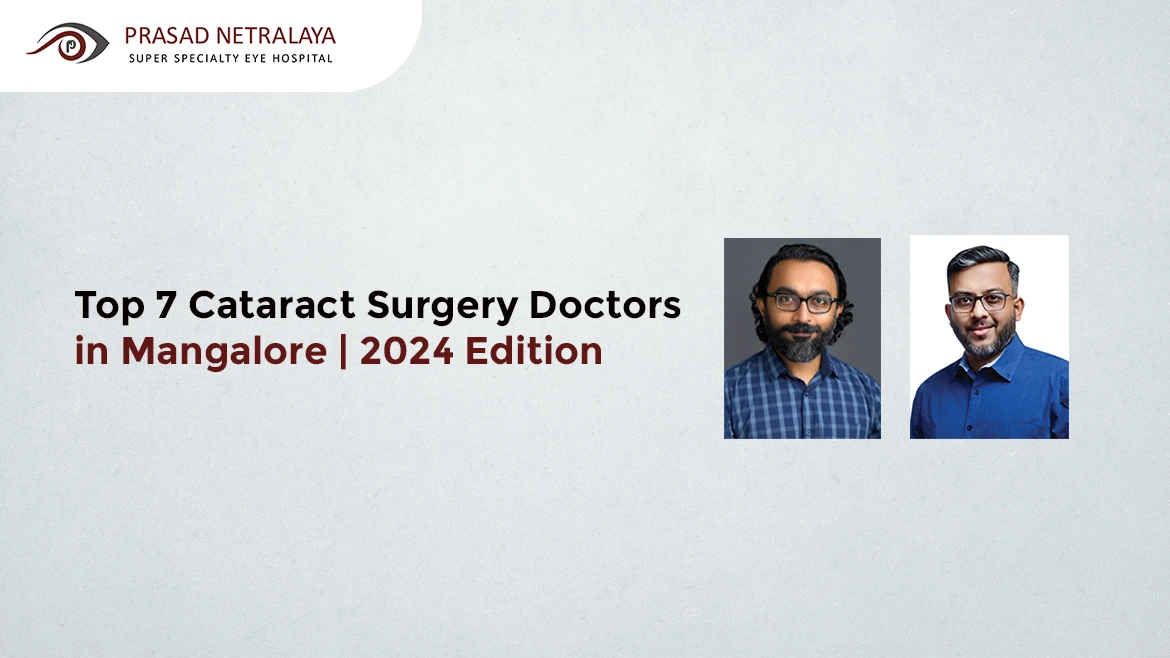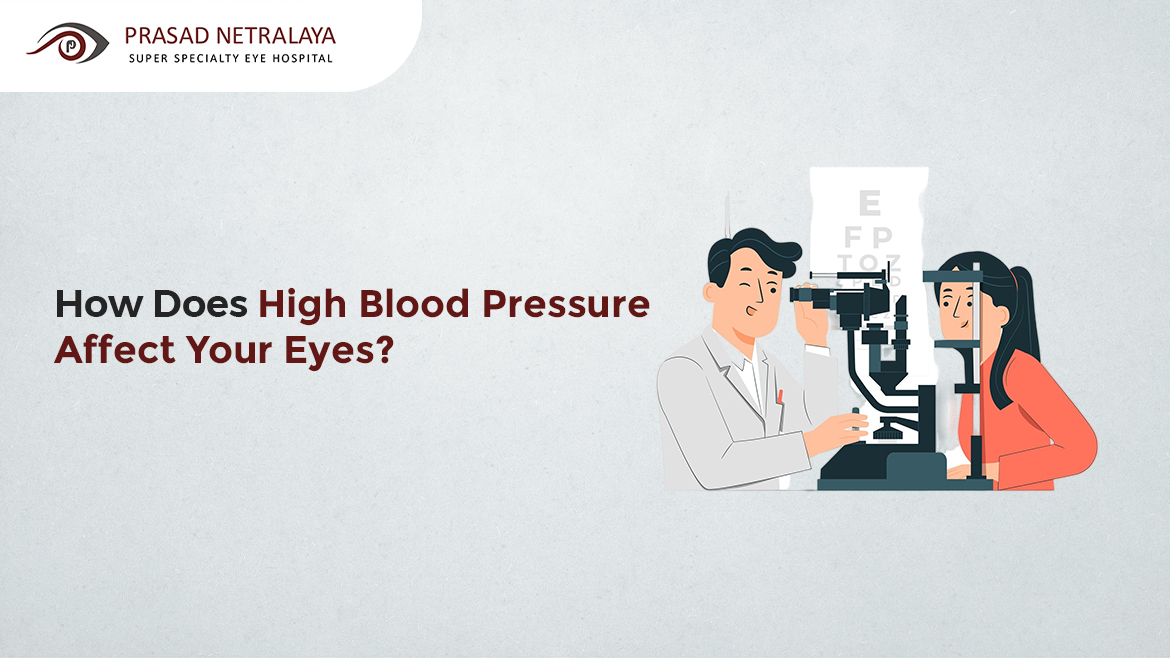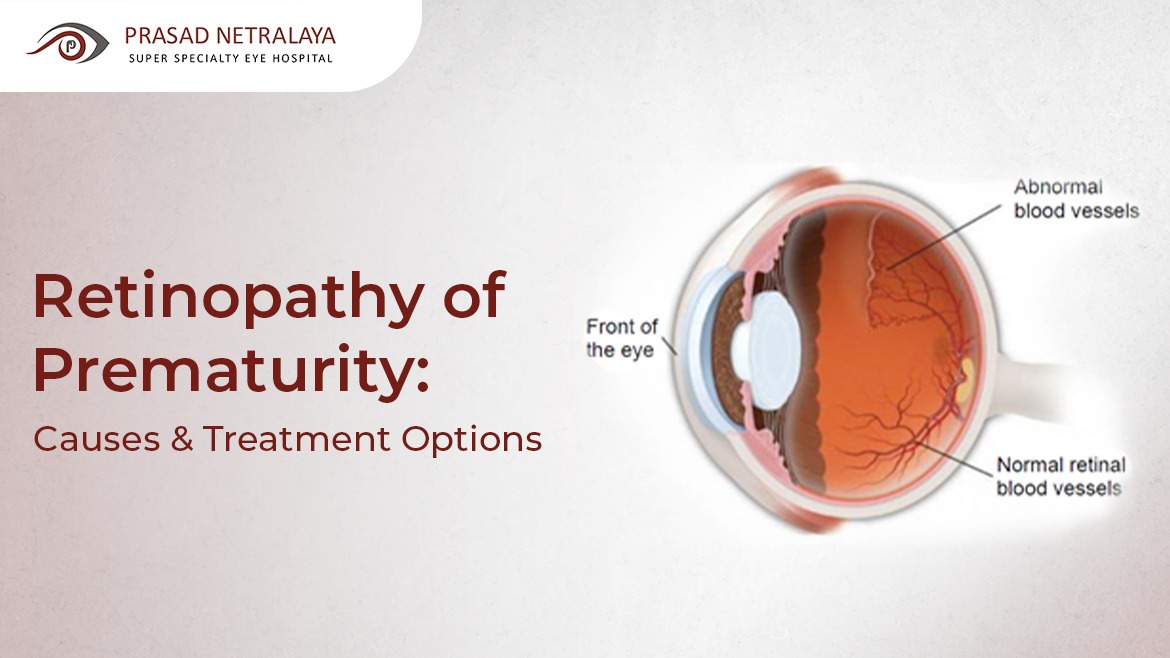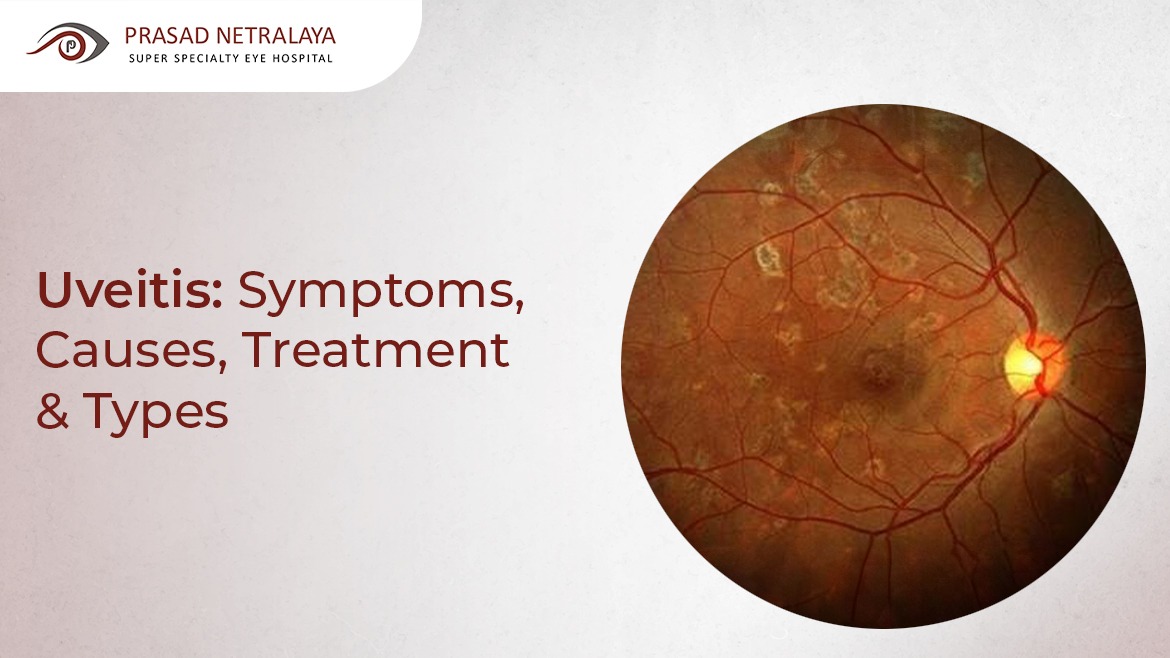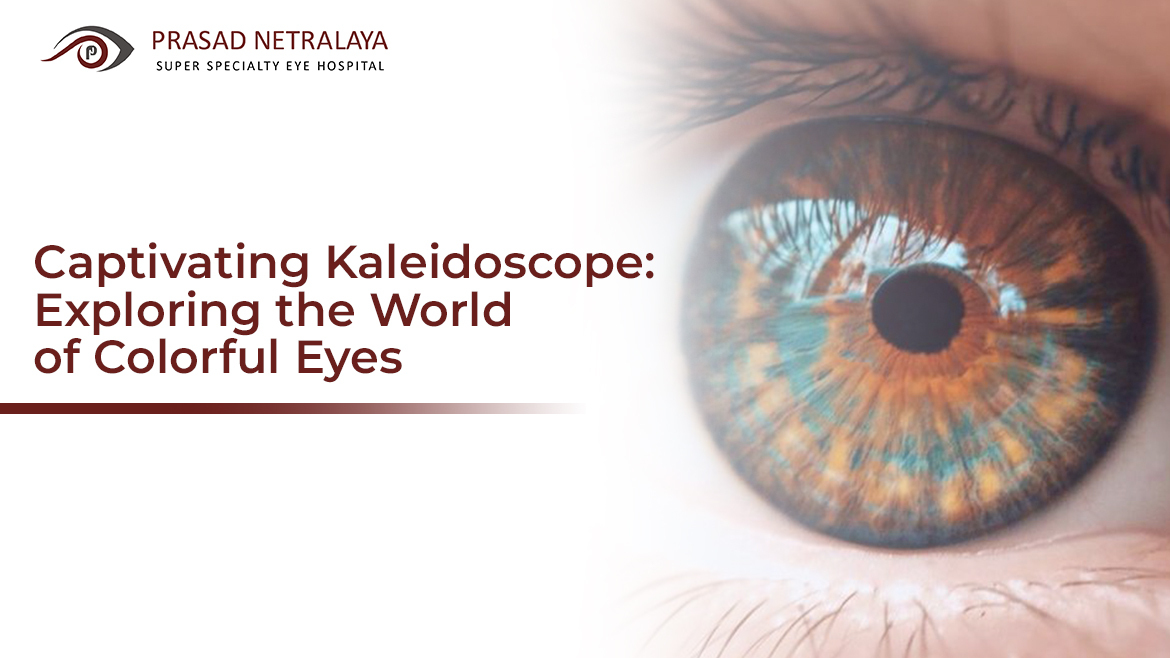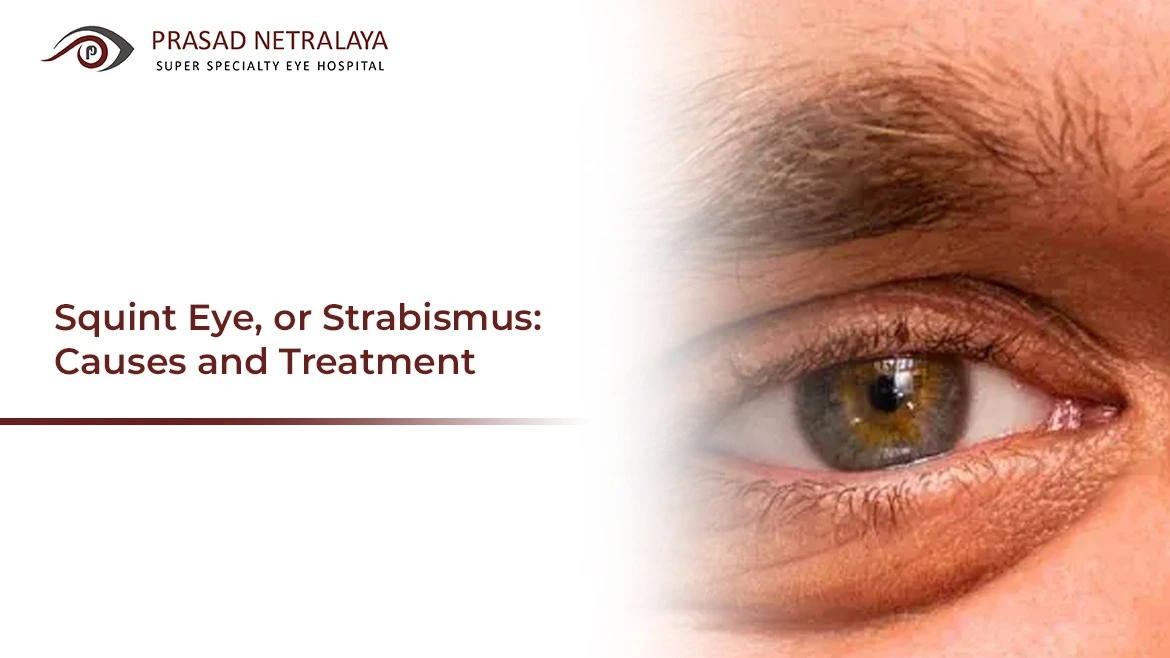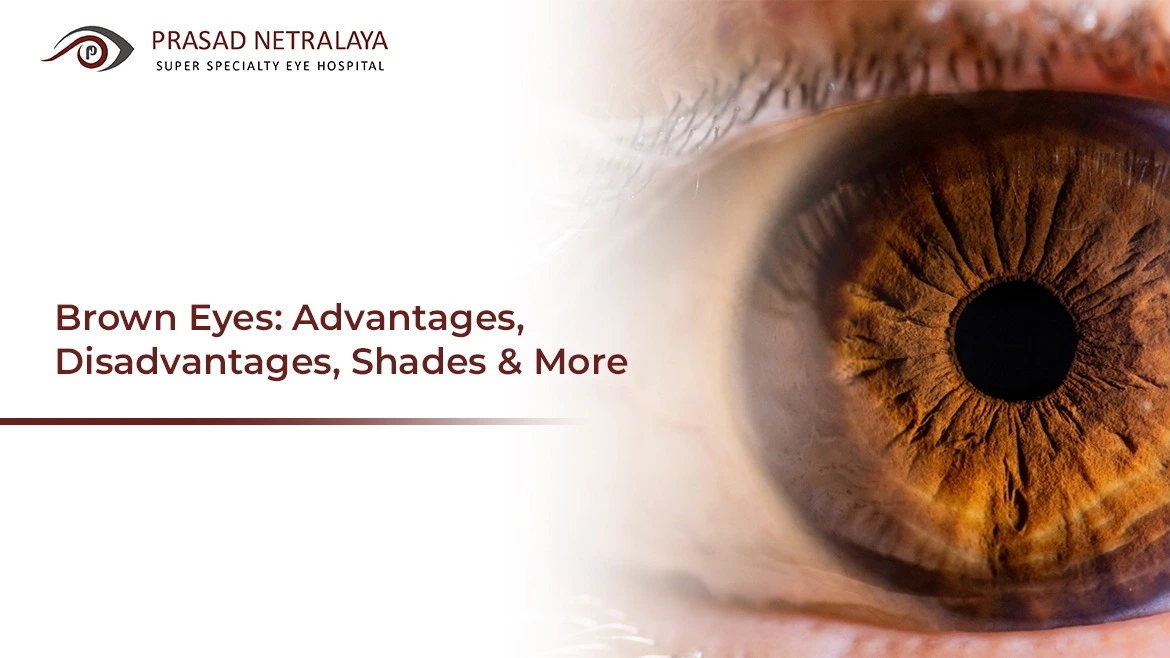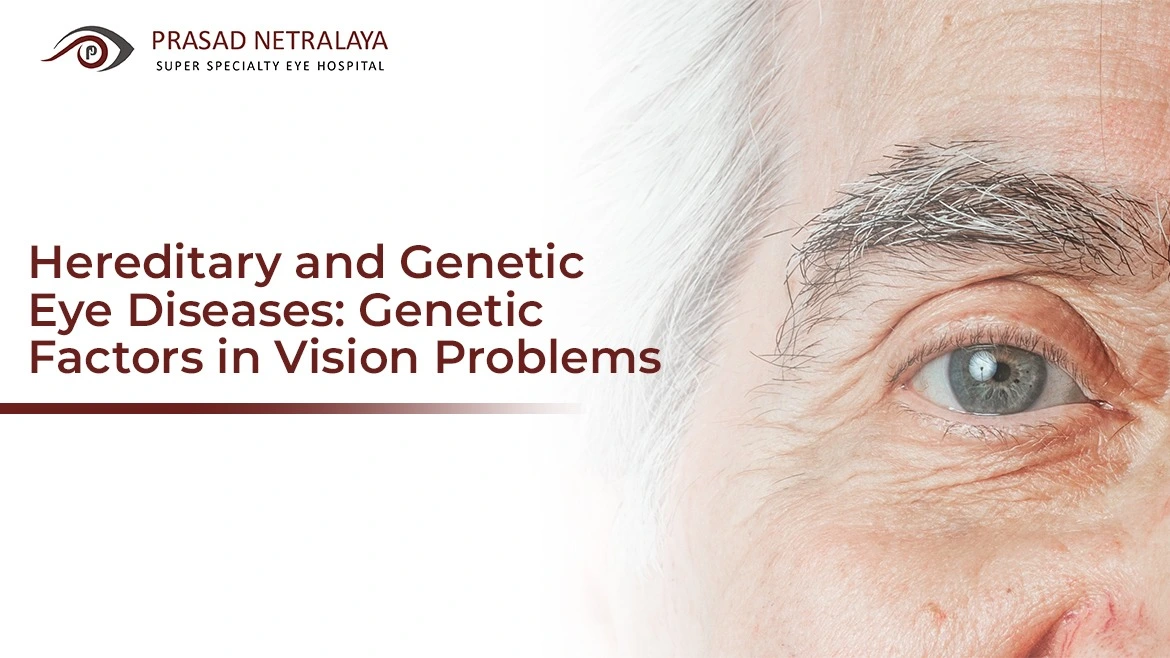Little do you know, those casual shake hands with colleagues or friends, exchange pleasantries, can be a gateway for bacteria and viruses to travel from person to person. Rubbing your eyes with those same hands can easily transfer bacteria or viruses, leading to an unpleasant infection like conjunctivitis, commonly known as “pink eye.” Conjunctivitis, whether bacterial or viral, can be…
